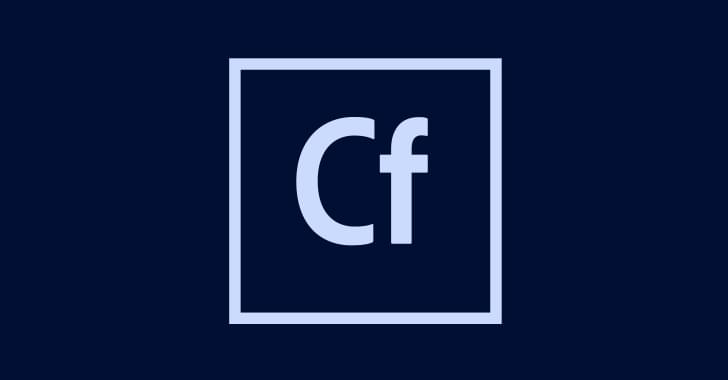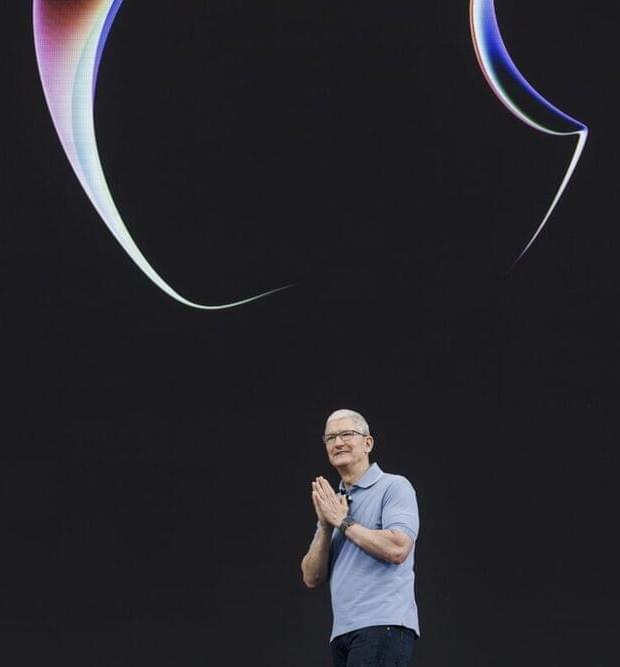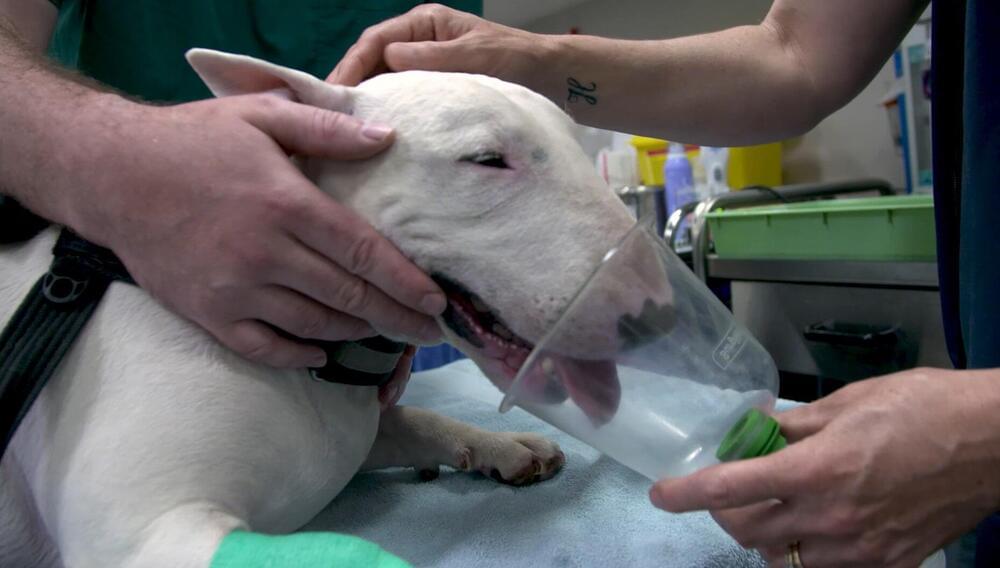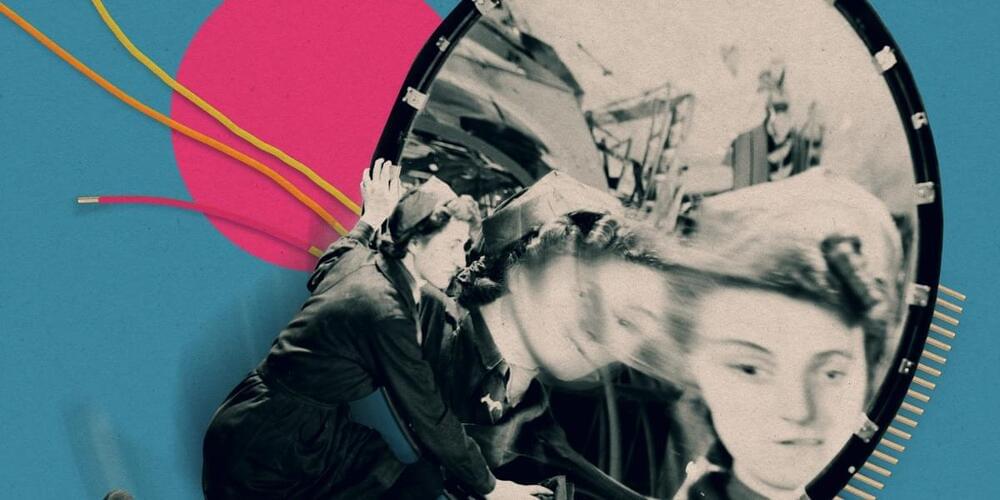A VERY interesting 6 minutes. People tests? One pill? Next Gen? Hurry, I’m 52! There is an ongoing idea that it will take several kinds of treatments, but many years ago I recall Cynthia Kenyan talking about how some research shows it might come down to a pill.
David Sinclair shares the latest incredible research they are doing.
See the full interview here:
• Dr David Sinclair… This interview is conducted by Wisdom 2.0 Founder, Soren Gordhamer and Dr. Elissa Epel. Wisdom 2.0 explore the intersection of wisdom and modern life. Sign up to the free Weekly Wisdom News Inner Journey Newsletter: https://wisdom2events.substack.com/ Check out our online and in person events at Wisdom 2.0: https://www.wisdom2summit.com/ #wisdom #davidsinclair #elissaepel #sorengordhamer #minfulness Wisdom 2.0 addresses the great challenge of our age: to not only live connected to one another through technology, but to do so in ways that are beneficial to our own well-being, effective in our work, and useful to the world. The conversation discusses both opportunities and challenges of AI, and the need for ethics and values as it develops. Sign up to the free Weekly Wisdom News Inner Journey Newsletter: http://eepurl.com/bGmsn Check out our online and in person events at Wisdom 2.0: https://www.wisdom2summit.com/ Subscribe to our channel: / @wisdom2 #davidsinclair #mindfuness #wisdom #longevity.
This interview is conducted by Wisdom 2.0 Founder, Soren Gordhamer and Dr. Elissa Epel.





